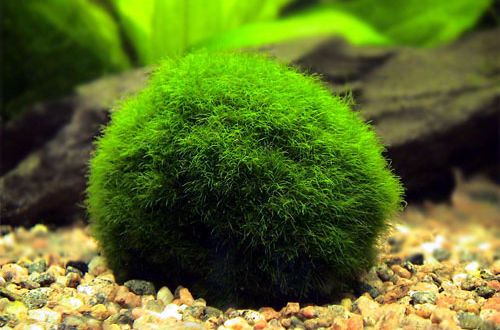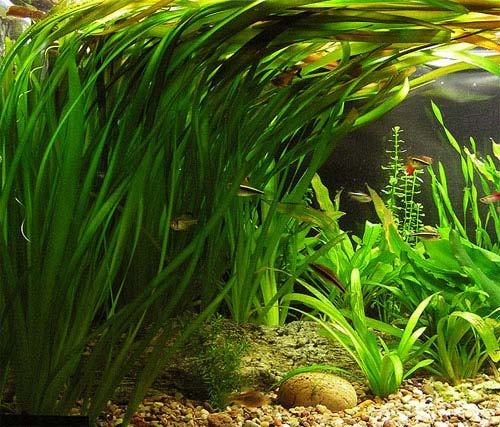
Vallisneria giant
Vallisneria giant, scientific name Vallisneria australis. In the wild, it grows in the waters of Australia, and is also found on neighboring islands such as Tasmania and New Zealand. It occurs in flowing and stagnant reservoirs at a depth of up to 9 meters. It grows quickly and reaches large sizes. The plant is recommended for use in large aquariums.

There is confusion about the names of this species. For example, for a long time in America this species was called Vallisneria american and Vallisneria neotropica, in Asia Vallisneria natans. In Europe, paradoxically, the name Vallisneria mini was often used as a synonym.
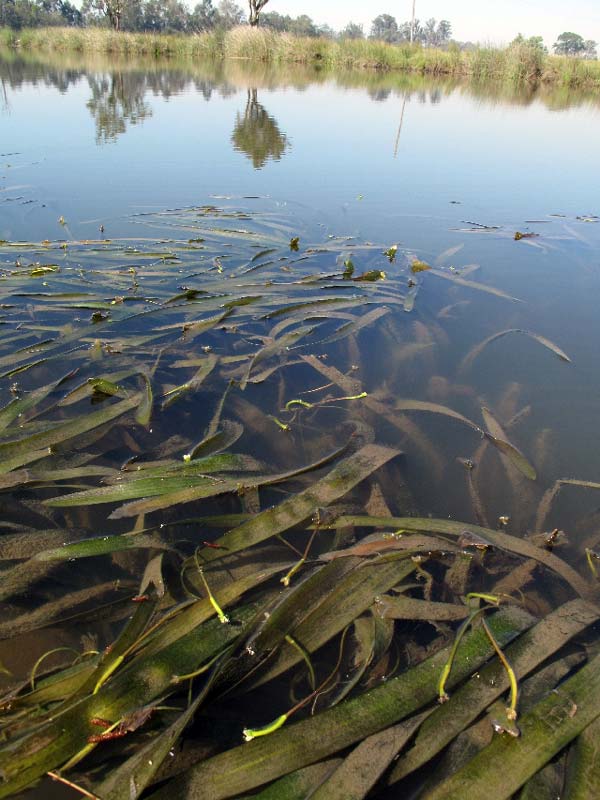
One of the first attempts at systematization was made by an international team of researchers and published in the book Systematics of Vallisneria (Hydrocharitaceae) in 2008.
According to the study, the names listed above belong to independent species, and the plant that is called Vallisneria giant is actually Vallisneria australis, and the former Latin name Vallisneria gigantea is now considered a synonym.
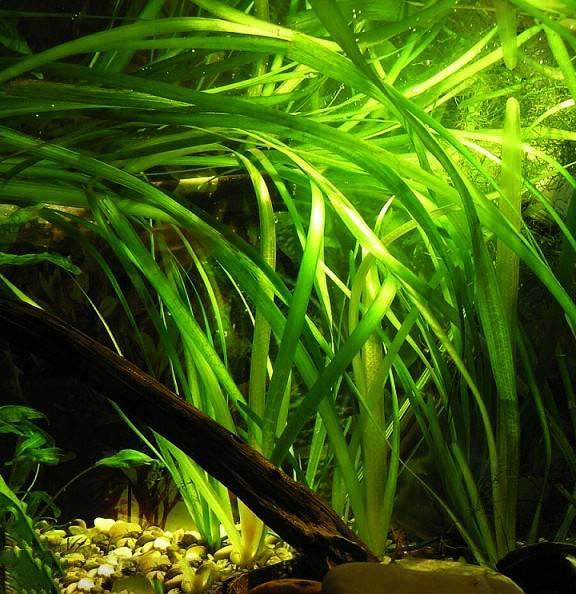
Vallisneria giant has long green leaves that resemble ribbons. The leaves are collected in a rosette at the base of the plant, passing into the root system. It is not known for certain to what maximum size a plant can grow. In different sources, information about the size of the plant ranges from 50–150 cm to 3 meters or more.
In aquaria, plant growth will be limited by tank size, soil composition and depth. However, the leaves will quickly reach the surface and will float on the water. In some cases, the number of leaves on the surface may become too high, resulting in a shady aquarium. In this case, other plants may experience a lack of light.
In aquaria, the most common method of propagation is vegetatively by means of side shoots on which young plants form. In nature, you can often see the flowering of Vallisneria giant, when small flowers appear on long stems-peduncles that reach the surface.
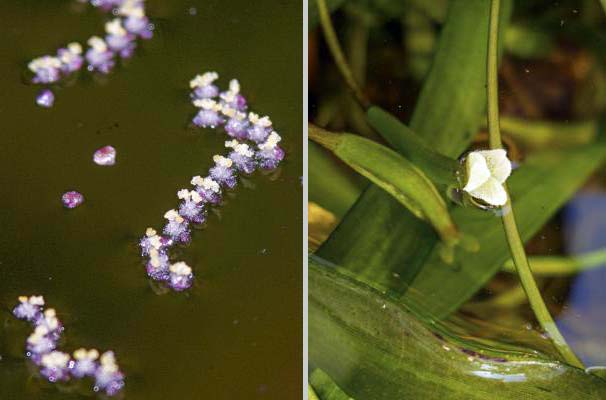
Vallisneria giant is considered one of the most unpretentious aquarium plants. Can grow in a wide range of water hardness, temperature and light levels. It becomes a good choice in a spacious aquarium. Due to strong and tough leaves it can be used together with herbivorous fish.
Basic information:
- Difficulty of growing – simple
- Growth rates are high
- Temperature — 10–30°С
- Value pH — 6.0–8.0
- Water hardness – 2–21°dGH
- Light level – medium or high
- Use in an aquarium – in the background
- Suitability for a small aquarium – no
- spawning plant – no
- Able to grow on snags, stones – no
- Able to grow among herbivorous fish – no
- Suitable for paludariums – no




